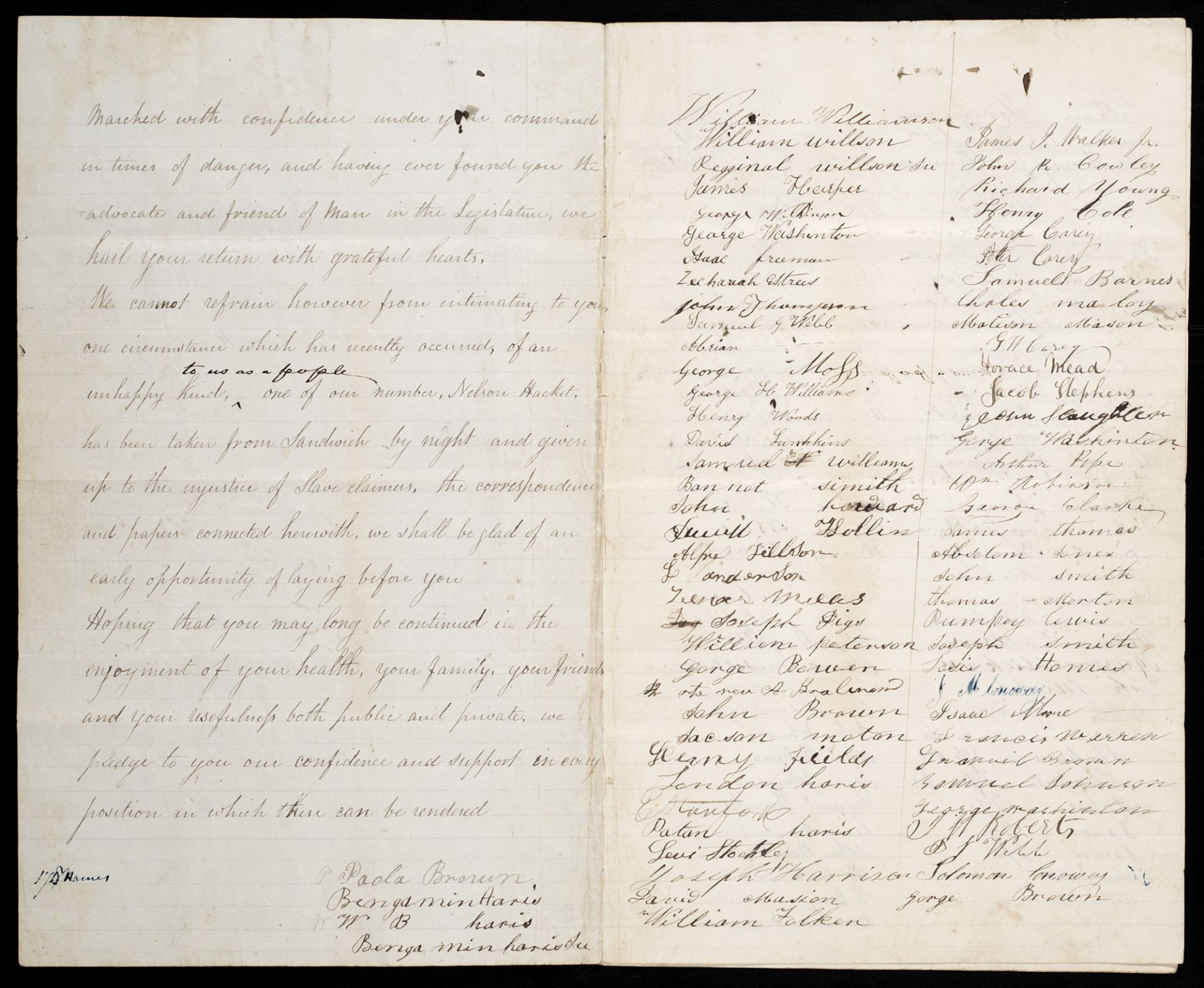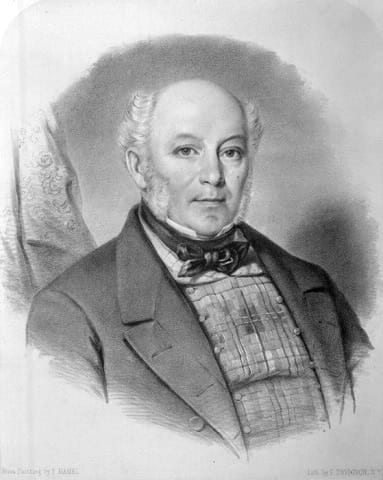In the late winter or spring of 1842, while Nelson Hackett was sitting in a Detroit jail awaiting his transfer to Fayetteville, the “colored residents of Hamilton [Canada West] and vicinity” wrote to Sir Allan Napier MacNab, their representative in the Legislative Assembly of the Province of Canada, asking him to intervene on behalf of “one of our number, Nelson Hacket, [who] has been taken from Sandwich by night and given up to the injustice of slave claimers.” The black community in Hamilton was fairly large and diverse, some of the residents tracing their lineage to the decades before Upper Canada (later Canada West) enacted its gradual emancipation law in 1793 and others arriving as refugees from slavery in the United States. During the Rebellions of 1837, Hamilton’s black community organized militias that fought on the side of the crown, enhancing its status in the eyes of authorities in Kingston and London. All told some 178 black men signed the petition protesting Nelson Hackett’s extradition.
MacNab wrote back to assure his black constituents that “you will at all times find me ready to advocate for your cause, and maintain your rights and liberties against the ‘injustice of slave claimers’” and that he would work to “procure a full measure of justice” for Hackett. MacNab was one of Canada’s most formidable figures. Not only was he the province’s largest land owner but he had also led the crown’s forces during the Rebellions of 1837, for which he was knighted.
Sir Allan Napier MacNab took the “Address of the Colored People of Hamilton” on a trip to London and used it to lobby the government on their behalf. He presented it to Queen Victoria and Price Albert, who “were pleased to receive your address most graciously.” MacNab also brought up the Hackett case with ministers and members of Parliament, who assured him that it would “receive all the attention its great importance demands.” For MacNab, it was vital that the British Empire uphold its Constitution in a way that “actually strikes the chain and the fetter from the limbs of the slave.”
Primary Sources
Upon his return to Canada, Sir Allan Napier MacNab participated in the Legislative Assembly’s debate on Governor General Charles Bagot’s decision to return Nelson Hackett to Arkansas. He noted that the case had “excited the province” and needed to be debated in an open manner before proclaiming that he “did not think [the] government had a right to give up the man.” His interest in the Hackett case—from Hamilton to London to Kingston—was spurred by the “colored residents” and attests to both the ways that black Canadians could exercise political influence and its limits.

